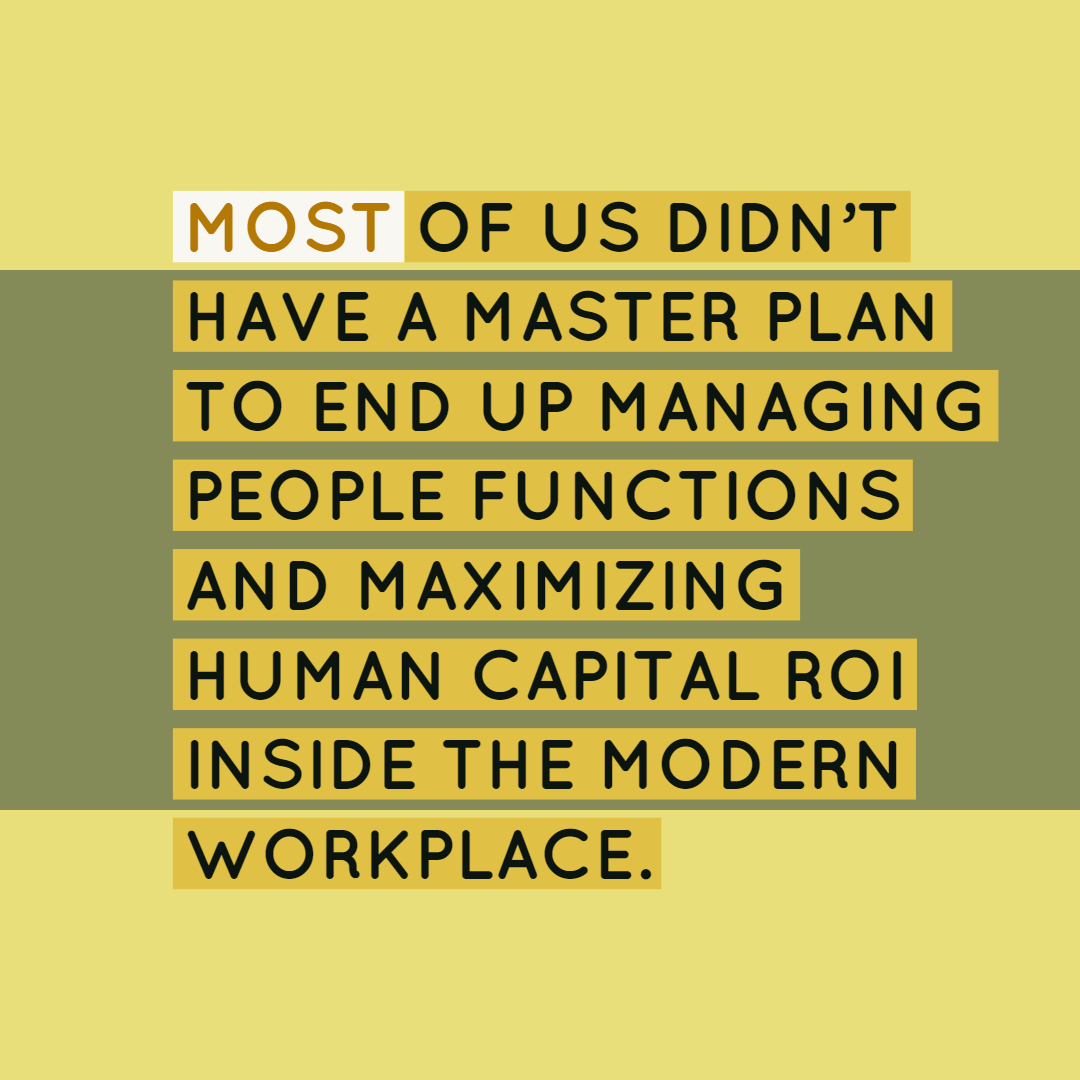Target-date funds had been in the 401(k) lineup for more than a decade at Zurich American Insurance Co., but it wasn’t until 2014 that the company started using the investment to automatically enroll workers.

After doing an evaluation at that time, target-date funds were the best option for the company to automatically put workers into a professionally managed investment account at a reasonable and low cost, said Dawn Carthan, benefits consultant at Zurich.
“Target-date funds went hand-in-hand with auto-enrollment,” Carthan said.
Today, the commercial insurer’s reasoning is similar to many companies using target-date funds when automatically enrolling workers into 401(k) plans. In its “How America Saves 2018” report, investment management giant Vanguard found that 51 percent of participants were invested in a target-date fund. For plans automatically enrolling participants, 96 percent were enrolled directly into a target-date fund.
Because of the rapid growth of target-date funds, Vanguard expects 70 percent of participants will be invested in them by 2022.
At Zurich, 94 percent of plan participants are using target-date funds, with 68 percent invested entirely in one. That second number is largely because of a re-enrollment project that took place in the first quarter this year. Prior to the initiative, less than half of participants were invested entirely in one target-date fund, a Zurich spokeswoman said.
“Target-date funds have definitely taken off,” said Jean Young, author of the Vanguard report and senior research analyst for the Vanguard Center for Investor Research. “These professionally managed options are so much easier today.”
Young said target-date funds are popular for three reasons: first, they are professionally managed investments that start at a higher rate of risk when a participant is younger, and continually rebalance, moving to a more conservative asset allocation as that person reaches retirement age. Second, costs have come down considerably over the past few years and are certainly well below what it would cost to have all these investments managed individually.
 Finally, the Pension Protection Act of 2006 allowed plan sponsors to automatically enroll workers into what is called a qualified default investment alternative, or QDIA, a type of investment that would meet a participant’s retirement needs. Target-date funds fall under that umbrella.
Finally, the Pension Protection Act of 2006 allowed plan sponsors to automatically enroll workers into what is called a qualified default investment alternative, or QDIA, a type of investment that would meet a participant’s retirement needs. Target-date funds fall under that umbrella.
The QDIA qualification catapulted target-date fund growth. Last year, target-date mutual funds pushed over the $1 trillion mark compared to $158 billion in 2008, according to Morningstar’s Target-Date Fund Landscape Report. Net inflows surged to $70 billion in 2017, compared to the $40 billion in net flows every year since 2008.
Three providers, Vanguard, Fidelity and T. Rowe Price, have dominated the field, holding a combined $774.6 billion in total assets in 2017. Within the space, 95 percent of all inflows last year built on the longstanding trend in going to low-cost funds. The average expense ratio for target-date funds was 0.66 percent in 2017, compared to 1.03 in 2009.
Low cost doesn’t necessarily mean best fit, said Jeff Holt, director of multi-asset and alternative strategies for Morningstar Research Services.
“There has been this huge move to low cost,” Holt said in a recent webinar. “But plan sponsors and investors should be aware that it’s not a guarantee that they are going to get the better results despite having the fee advantage.”
Plan sponsors should be wary of having a false sense of security with this QDIA, said Ron Surz, president of Target Date Solutions, an investment management firm based in San Clemente, California.
Also read: Retirement’s Gray Area: Health Care Costs
Surz said many plan sponsors offering target-date funds assume that any available ones will work as the QDIA for their 401(k) plan. Plan sponsors often choose funds out of convenience for themselves rather than the best fit for participants, Surz said.
It’s no coincidence, he added, that two of the three largest target-date fund providers are also the largest record keepers in the retirement benefits industry.
“Many plan sponsors think they are safe,” Surz said. “As fiduciaries, they need to be aware of their duty of care to find the best target-date fund for the beneficiaries and not the most convenient one.”


 The dirty little secret of HR is that most of us didn’t have a master plan to end up managing people functions and maximizing human capital ROI inside the modern workplace. We grew up with bigger dreams, which is cool because no one grows up dreaming of being a director of account management, financial analyst or marketing manager, either.
The dirty little secret of HR is that most of us didn’t have a master plan to end up managing people functions and maximizing human capital ROI inside the modern workplace. We grew up with bigger dreams, which is cool because no one grows up dreaming of being a director of account management, financial analyst or marketing manager, either.

 “At a minimum, the hiring manager needs to know the different branches of military and the pay scales,” he said. “They need to also be prepared for the fact that résumés won’t jump off the page as meeting job requirements. They need to be open to having conversations with vets about what they do.”
“At a minimum, the hiring manager needs to know the different branches of military and the pay scales,” he said. “They need to also be prepared for the fact that résumés won’t jump off the page as meeting job requirements. They need to be open to having conversations with vets about what they do.”




 Bronze: Panda Restaurant Group
Bronze: Panda Restaurant Group

 Bronze: ReedTMS Logistics
Bronze: ReedTMS Logistics
 Their onboarding program, NC Launch Onboarding, is a way to make the process more effective and increase employee retention. The site is filled with characters from the company’s games and takes new hires on “quests” to finish items like payroll, playfully referred to as “loot.”
Their onboarding program, NC Launch Onboarding, is a way to make the process more effective and increase employee retention. The site is filled with characters from the company’s games and takes new hires on “quests” to finish items like payroll, playfully referred to as “loot.” Bronze: Riverside Healthcare
Bronze: Riverside Healthcare







